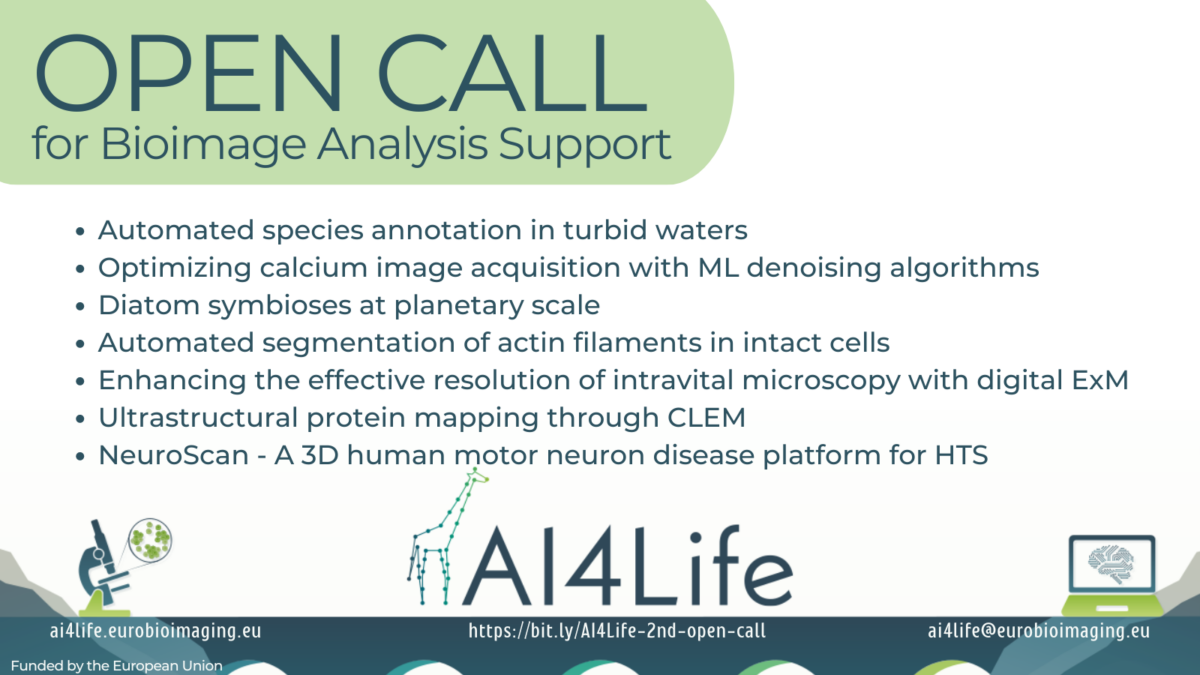AI4Life launches digital badges
by Beatriz Serrano-Solano
AI4Life is now using Badgr/Canvas Badges to issue and share digital badges with contributors to the project. Here you’ll find how to use them.
Step 1. Create an account in Badgr
If you’ve received an email from Badgr (noreply@badgr.com) with the subject “You earned <name of the badge> badge!”, congratulations, you can now add it to your social media channels!
To access your new badge, you need to create an account in Badgr if you don’t have one already:
The badge will appear in your Badgr backpack (Figure 1).

Step 2. Share your badge on LinkedIn
Now you’re ready to share the badge in your networks using the provided personalised URL, here’s how!
Click on “share” on the badge that appears on your backpack and then on “Add to profile” (Figure 2).

A new pop-up window will appear with the name of the badge (e.g. “Reviewer of the 1st/2nd AI4Life Open Call” or “Awardee project of the AI4Life Open Call“) and the issuing organization (Figure 3). At this stage, you need to change the issuing organization to “AI4Life EU project” (should autocomplete when you start typing) as you can see in Figure 4.


Click on save and you’re good to go!
Step 3. Check your profile and share with your contacts

Now you can share on other platforms too!




